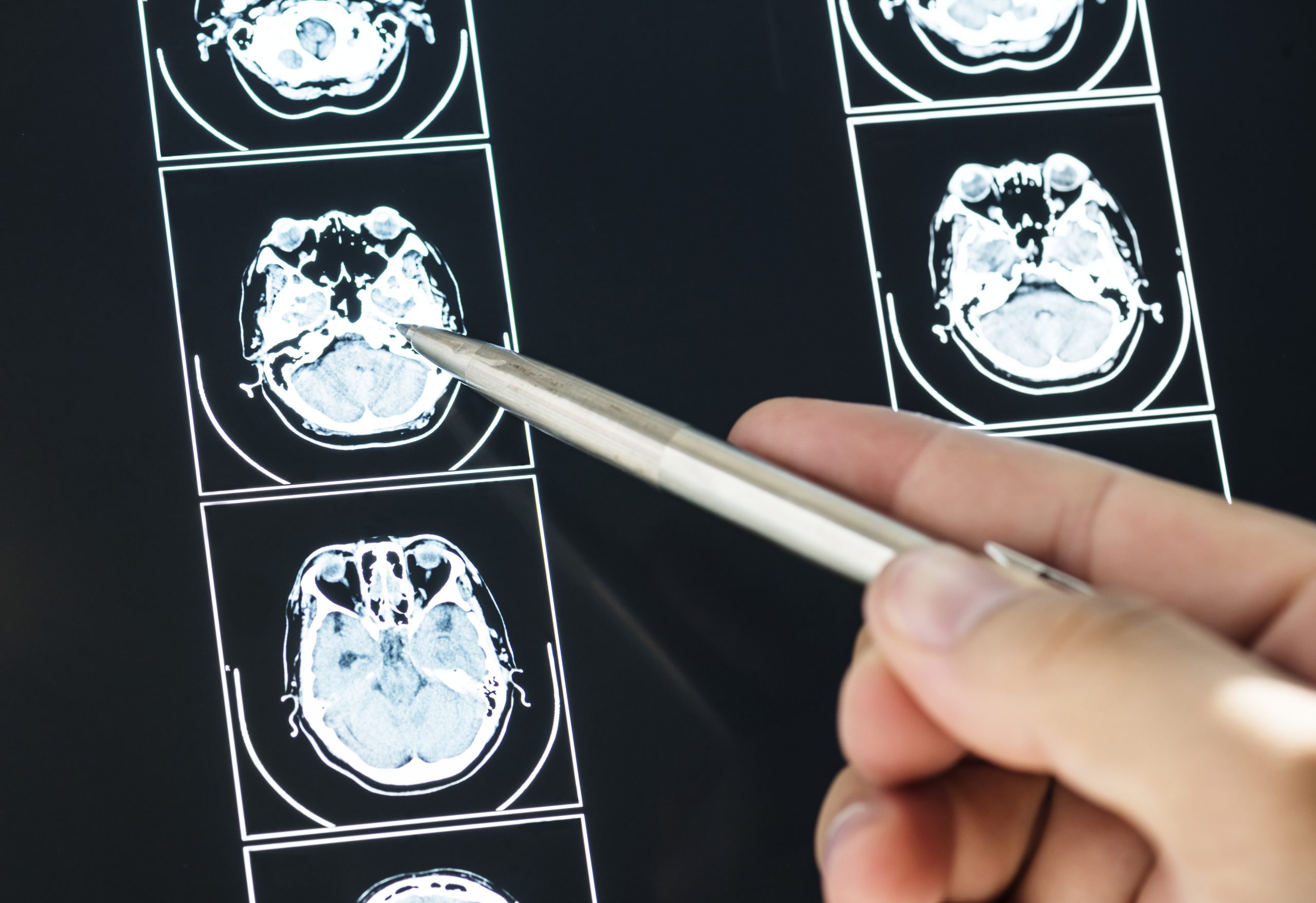

A revolutionary gel-based treatment cured 100% of mice with aggressive brain tumors, a startling outcome that offers new hope to patients with glioblastoma, one of the deadliest and most frequent brain tumors in people. “Despite recent technological advancements, there is a dire need for new treatment strategies,” said Honggang Cui, a Johns Hopkins University chemical and biomolecular engineer who led the research. “We think this hydrogel will be the future and will supplement current treatments for brain cancer.”
Cui’s team mixed an anticancer medication and an antibody in a solution that self-assembles into a gel to fill the microscopic grooves left after surgically removing brain tumors. The gel has the ability to reach places where surgery may miss and conventional medications struggle to reach in order to kill residual cancer cells and limit tumor development. The findings were published in the Proceedings of the National Academy of Sciences today (April 24).
The gel also appears to induce an immune response that a mouse’s body struggles to develop when combating glioblastoma on its own. When the researchers re-exposed surviving mice to a fresh glioblastoma tumor, their immune systems defeated the malignancy without the use of any further medicine.
According to the researchers, the gel not only prevents cancer but also helps retrain the immune system to discourage recurrence through immunological memory.
Nonetheless, surgery is required for this strategy, according to the researchers. Applying the gel directly to the brain without removing the tumor surgically resulted in a 50% survival rate. “The surgery likely alleviates some of that pressure and allows more time for the gel to activate the immune system to fight the cancer cells,” Cui said.
The gel solution is made up of nano-sized filaments formed from paclitaxel, an FDA-approved cancer treatment for breast, lung, and other malignancies. The filaments serve as a vehicle for the delivery of an antibody known as aCD47. The gel releases medication continuously over several weeks by evenly blanketing the tumor cavity, and its active chemicals remain near the injection site.
The team is attempting to overcome one of the most difficult obstacles in glioblastoma research by using that specific antibody. It specifically targets macrophages, a type of cell that sometimes aids immunity but sometimes protects cancer cells, allowing for aggressive tumor growth.
One of the standard treatments for glioblastoma is Gliadel, a wafer developed in the 1990s by a team of researchers at Johns Hopkins and the Massachusetts Institute of Technology. It is a biodegradable polymer approved by the FDA that also distributes medication into the brain following surgical tumor excision.
Gliadel demonstrated significant survival rates in laboratory experiments, but the results obtained with the new gel are some of the most impressive the Johns Hopkins team has seen, according to Betty Tyler, a co-author and associate professor of neurosurgery at the Johns Hopkins School of Medicine who played a key role in Gliadel development.
“We don’t usually see 100% survival in mouse models of this disease,” Tyler said. “Thinking that there is potential for this new hydrogel combination to change that survival curve for glioblastoma patients is very exciting.”
Because it combines anticancer medications and antibodies, the novel gel gives hope for future glioblastoma treatment, a combination of therapies that researchers claim is challenging to administer simultaneously due to the molecular makeup of the constituents.
“This hydrogel combines both chemotherapy and immunotherapy intracranially,” Tyler said. “The gel is implanted at the time of tumor resection, which makes it work really well.”
Henry Brem, a Johns Hopkins co-author who co-developed Gliadel as well as other brain tumor medicines currently in clinical trials, stressed the difficulty of transferring the gel’s achievements in the lab into therapies with significant clinical implications.
“The challenge to us now is to transfer an exciting laboratory phenomenon to clinical trials,” said Brem, who is neurosurgeon-in-chief at Johns Hopkins Hospital.
more recommended stories
 Caffeine and SIDS: A New Prevention Theory
Caffeine and SIDS: A New Prevention TheoryFor the first time in decades,.
 Microbial Metabolites Reveal Health Insights
Microbial Metabolites Reveal Health InsightsThe human body is not just.
 Reelin and Cocaine Addiction: A Breakthrough Study
Reelin and Cocaine Addiction: A Breakthrough StudyA groundbreaking study from the University.
 Preeclampsia and Stroke Risk: Long-Term Effects
Preeclampsia and Stroke Risk: Long-Term EffectsPreeclampsia (PE) – a hypertensive disorder.
 Statins and Depression: No Added Benefit
Statins and Depression: No Added BenefitWhat Are Statins Used For? Statins.
 Azithromycin Resistance Rises After Mass Treatment
Azithromycin Resistance Rises After Mass TreatmentMass drug administration (MDA) of azithromycin.
 Generative AI in Health Campaigns: A Game-Changer
Generative AI in Health Campaigns: A Game-ChangerMass media campaigns have long been.
 Molecular Stress in Aging Neurons Explained
Molecular Stress in Aging Neurons ExplainedAs the population ages, scientists are.
 Higher BMI and Hypothyroidism Risk Study
Higher BMI and Hypothyroidism Risk StudyA major longitudinal study from Canada.
 Therapeutic Plasma Exchange Reduces Biological Age
Therapeutic Plasma Exchange Reduces Biological AgeTherapeutic plasma exchange (TPE), especially when.

Leave a Comment